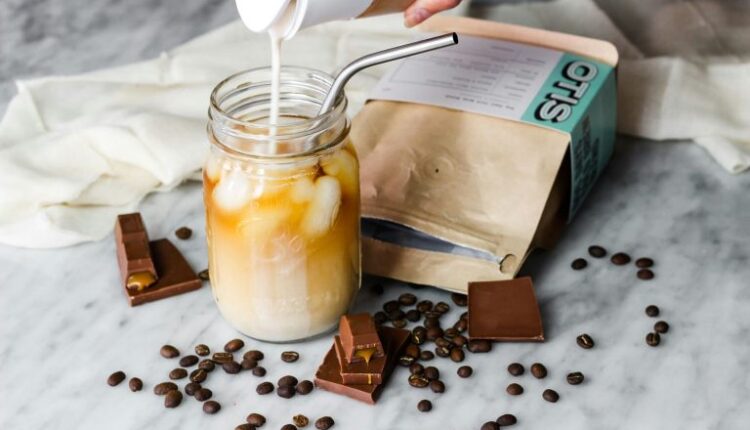The Pros And Cons Of Barista Milks – CoffeeTalk
Coffee lovers can save money without sacrificing their caffeine intake by making their own coffee at home. There are various alternative milks available at cafes and supermarkets, including “barista” brands. Some alternative milks might work better in coffee than others, as they often contain stabilisers and are formulated for taste, texture, and to avoid splitting and curdling.
Barista soy milk, for example, often costs $4-5 per litre or more compared to about $3 per litre for traditional soy milk. Daniel Dick, owner of four cafes and a coffee roasting business in Melbourne/Naarm, believes that alternative milks aren’t all made equal. Modern coffees don’t tend to have quite as much roast, which can react with alternative milks in a way that is unpleasant, particularly from soy products.
Sam Demelis, a coffee expert and barista trainer based in Melbourne/Naarm, advises trying different varieties and brands to find what works best. He says you might be surprised at the results you get with cheaper brands. Some alternative milks have additives that make them more stable, but when you steam up a supermarket brand then go to something a little bit more top shelf, the significant difference in price isn’t justified for you.
Another important factor is taste. Mr. Dick likes alternative milks with neutral flavor profiles, as he likes to showcase the taste of the coffee. However, you might find you like the taste of a particular product or brand more than others.
When steaming alternative milks at home, aim for fine bubbles and don’t overheat the milk too much. He uses the 3-second rule when steaming both regular dairy and alternative milks: start by putting your fingers against the steel milk jug and turn on the steam jet on your coffee machine. When your hand starts to get really hot, remove your hand, count to three, and turn off the steam.
Iced coffee can be tricky with alternative milks, so Mr. Dick teaches his baristas to heat them slightly less than regular milk and not overly aerate them when steaming them. Some varieties and brands perform better than others, and it’s worth paying a bit more for an alternative milk product that’s just right for making iced or hot coffee.
Read More @ ABC News
Source: Coffee Talk



